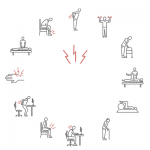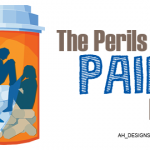One limitation of the study is that it relied on participants to accurately report on any drug use, and it’s possible that some people did not disclose opioid use. The study didn’t include prescription records or information on drug costs.
“The use of gabapentinoids specifically seems to be outpacing any proven efficacy and the potential significant harms like addiction and overdose are only beginning to be investigated,” said Dr. Christopher Goodman, a researcher at the University of South Carolina School of Medicine in Columbia who wasn’t involved in the study.
While some patients may benefit from these drugs, they should consider other approaches to pain management like exercise, physical therapy and yoga that may be safer and still provide some relief, Goodman said by email.
Side effects of gabapentinoids include sedation, dizziness and trouble thinking, Dr. Chad Brummett, an opioid researcher at the University of Michigan in Ann Arbor who wasn’t involved in the study, said by email. The risks are worse at higher doses.
Mixing these drugs with opioids and benzodiazapines may make them even more dangerous, said Marissa Seamans, a researcher at the Johns Hopkins Bloomberg School of Public Health in Baltimore who wasn’t involved in the study.
“Gabapentinoids are increasingly prescribed to patients with opioids and benzodiazapines, which increases the risk of respiratory depression and death,” Seamans said by email. “Clinicians and patients need to carefully monitor the dosage of these medicines, their interactions, and potentially fatal side effects.”
Reference
- Johansen ME. Gabapentinoid Use in the United States 2002 Through 2015. JAMA Internal Medcine. 2018 Jan 2. [Epub ahead of print]



